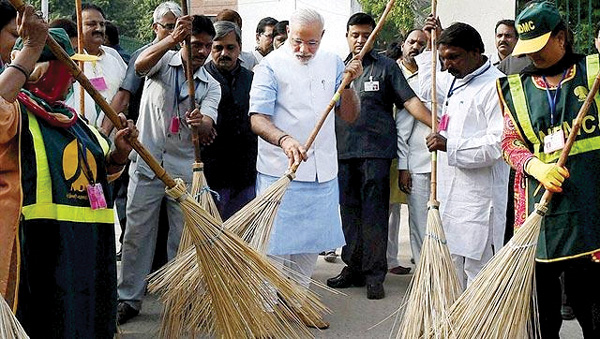India’s ‘Swachh Bharat’ campaign is a good example of how countries can make safe sanitation services accessible to all, said the World Health Organization (WHO).
WHO Regional Director for South-East Asia said, “India’s Swachh Bharat campaign is a good example of how this can be done to rapid effect and on a large scale, with household sanitation coverage increasing at a rate of 13 per cent annually between 2016 and 2018.”
‘Speed of sanitation coverage is India’s pride’
With the country’s toilet coverage reaching close to completion, people from across the country on 19 November celebrated the World Toilet Day with mass awareness and mobilization activities. The focus was on usage of toilets, which is closely linked to the Prime Minister’s call for a Swachh Bharat by October 2019. In a tweet on this occasion, the Prime Minister Shri Narendra Modi reiterated the country’s commitment towards enhancing cleanliness and sanitation facilities. He said, “We in India take pride at the remarkable speed with which sanitation cover has increased in the last four years.”
The Swachh Bharat World Toilet Day Contest organized by the Ministry of Drinking Water and Sanitation culminated today with massive community activities across States and districts. School children, health workers and Anganwadi workers and common people came out in large numbers on World Toilet Day to reaffirm their commitment to keep their villages open defecation free. Men, women and children took Swachhta oaths; school children marched through villages and performed plays spreading the message of Swachhta; videos and other demonstrations were shown on the use of twin pit technology; mass hand washing drives were taken up and Swachhta champions were awarded and recognized.


